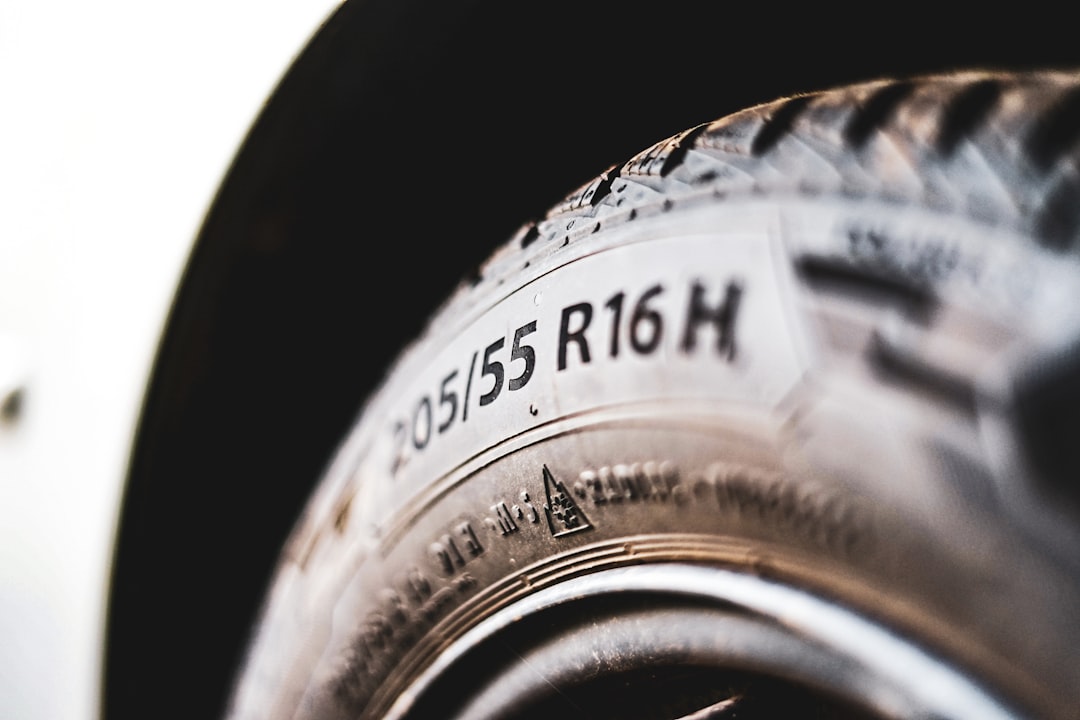Tips for Passing Your Emissions Test
If you own a vehicle, chances are you are familiar with the dreaded emissions test. This test is designed to ensure that your vehicle is not emitting harmful pollutants into the air, and passing it is a requirement in many states in order to register or renew your vehicle’s registration. Failing the emissions test can lead to costly repairs, fines, and even a suspension of your vehicle’s registration. But fear not, there are steps you can take to increase your chances of passing the test. Here are some tips to help you prepare for your emissions test and ensure that your vehicle is running clean and efficient.
1. Regular Maintenance
One of the most important factors in passing your emissions test is keeping up with regular maintenance for your vehicle. This includes changing the oil, replacing the air filter, checking and maintaining the fuel system, and ensuring that all components are in good working order. A well-maintained vehicle is more likely to pass the emissions test, as it will be running more efficiently and producing fewer pollutants. Make sure to follow the manufacturer’s recommended maintenance schedule for your vehicle to keep it in top condition.
2. Drive Your Car
Believe it or not, driving your car can actually help your vehicle pass the emissions test. A vehicle that has been sitting idle for an extended period of time is more likely to fail the test, as the engine may not be running at its optimal level. To prepare for your emissions test, try to drive your vehicle regularly in the weeks leading up to the test. This will help to keep the engine running smoothly and reduce the buildup of harmful pollutants.
3. Check the Check Engine Light
If your vehicle’s check engine light is on, it is unlikely to pass the emissions test. The check engine light is an indication that there is a problem with the vehicle’s emissions system, and it must be addressed before the vehicle can pass the test. Take your vehicle to a mechanic to diagnose and fix the issue causing the check engine light to come on. Once the problem has been resolved, the check engine light should turn off, indicating that the vehicle is ready to pass the emissions test.
4. Use High-Quality Fuel
Using high-quality fuel can help to improve your vehicle’s emissions output and increase the likelihood of passing the emissions test. Low-quality or contaminated fuel can lead to decreased performance and increased emissions, which can cause your vehicle to fail the test. Make sure to use fuel from a reputable gas station that meets the standards for your vehicle’s make and model. Additionally, consider using fuel additives that are designed to clean the fuel system and reduce emissions.
5. Warm Up Your Engine
Before taking your vehicle in for the emissions test, make sure to warm up the engine properly. A warm engine is more likely to pass the test, as it will be running at its optimal level. Take your vehicle for a short drive before arriving at the testing facility to ensure that the engine is warmed up and ready to be tested. Driving at highway speeds for a few minutes can help to warm up the engine and get it running efficiently.
6. Check Tire Pressure
Believe it or not, the condition of your vehicle’s tires can also impact its emissions output. Underinflated tires can cause the engine to work harder, leading to increased emissions and decreased fuel efficiency. Before taking your vehicle in for the emissions test, make sure to check the tire pressure and inflate the tires to the manufacturer’s recommended levels. This will help to ensure that your vehicle is running efficiently and producing fewer pollutants.
7. Get a Pre-Test Inspection
If you are unsure whether your vehicle will pass the emissions test, consider getting a pre-test inspection. A certified mechanic can inspect your vehicle’s emissions system and identify any issues that may prevent it from passing the test. The mechanic can also make any necessary repairs or adjustments to increase your vehicle’s chances of passing the test. It may cost a little extra, but a pre-test inspection can save you time and money in the long run by preventing a failed test.
8. Drive Efficiently
Lastly, driving efficiently can help to reduce your vehicle’s emissions output and increase the likelihood of passing the emissions test. Avoid aggressive driving behaviors such as speeding, rapid acceleration, and hard braking, as these can lead to increased emissions. Instead, drive at a consistent speed, avoid excessive idling, and use cruise control when possible to help your vehicle run more efficiently. By driving smartly, you can improve your vehicle’s emissions output and increase your chances of passing the emissions test.
In conclusion, passing your emissions test may seem like a daunting task, but with the right preparation and maintenance, you can increase your chances of success. By following these tips, you can ensure that your vehicle is running clean and efficient, and ready to pass the emissions test with flying colors. Remember to keep up with regular maintenance, drive your car regularly, check the check engine light, use high-quality fuel, warm up your engine, check tire pressure, get a pre-test inspection, and drive efficiently. With these tips in mind, you can hit the road with confidence knowing that your vehicle is in good shape and ready to pass the emissions test.

